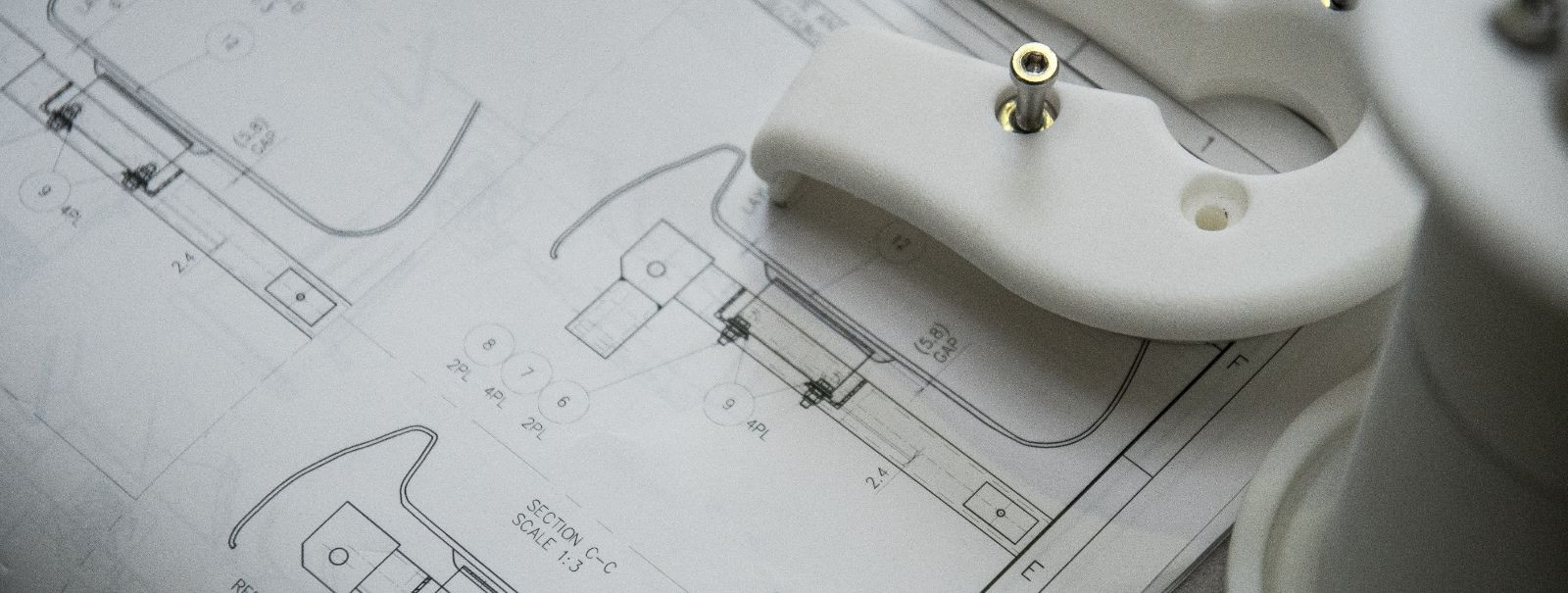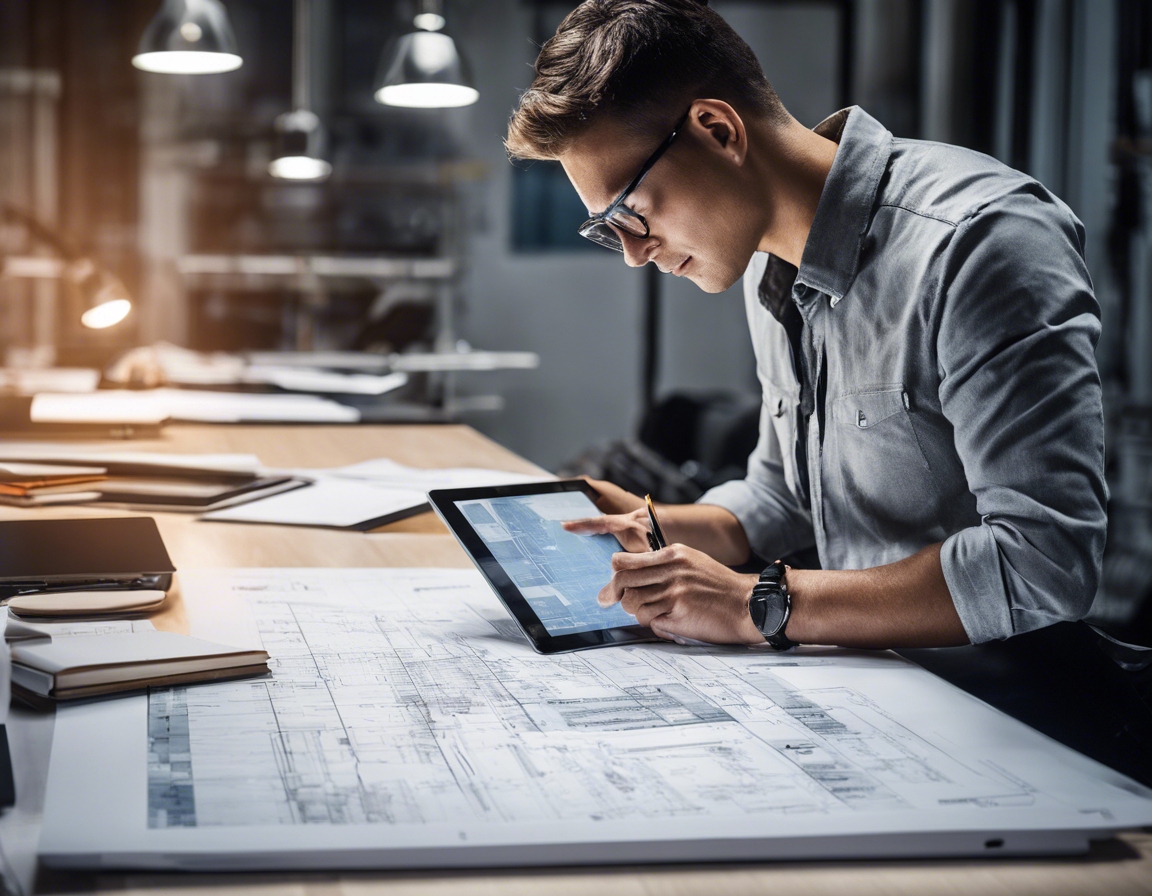The future of mechanical design: trends to watch
The field of mechanical design has undergone significant transformations over the past few decades. With the advent of new technologies and methodologies, the landscape of mechanical design is continuously evolving. This evolution is driven by the need for increased efficiency, precision, and innovation in manufacturing and engineering processes.
2. Emerging Technologies in Mechanical Design
Additive manufacturing, commonly known as 3D printing, is revolutionizing the way mechanical components are designed and produced. This technology allows for the creation of complex geometries that were previously impossible or too costly to manufacture using traditional methods. It offers significant advantages in terms of material efficiency, customization, and rapid prototyping.
Artificial intelligence (AI) and machine learning are becoming integral to mechanical design processes. These technologies enable designers to optimize designs through predictive analytics, automate repetitive tasks, and enhance decision-making processes. AI-driven design tools can analyze vast amounts of data to suggest improvements and innovations in design.
The integration of IoT in mechanical design is paving the way for smarter and more connected systems. IoT devices can collect real-time data from machinery and equipment, allowing for predictive maintenance and improved operational efficiency. This connectivity enhances the ability to monitor and control mechanical systems remotely.
3. Sustainable and Eco-Friendly Design Practices
As environmental concerns continue to rise, sustainable design practices are becoming a priority in mechanical design. Engineers are focusing on reducing waste, improving energy efficiency, and utilizing eco-friendly materials. The shift towards sustainability not only benefits the environment but also offers cost savings and compliance with regulatory standards.
4. Advanced Materials and Their Impact
The development of advanced materials such as composites, nanomaterials, and smart materials is significantly impacting mechanical design. These materials offer superior properties such as increased strength, reduced weight, and enhanced durability. Their application in mechanical design leads to more efficient and innovative products.
5. Integration of Virtual and Augmented Reality
Virtual reality (VR) and augmented reality (AR) are transforming the way mechanical designs are visualized and tested. These technologies provide immersive experiences that allow designers to interact with their creations in a virtual environment. This capability enhances the design process by enabling better visualization, collaboration, and error detection.
6. Automation and Robotics in Mechanical Design
Automation and robotics are playing a crucial role in modern mechanical design. Automated systems and robotic technologies are being used to streamline manufacturing processes, reduce human error, and increase production efficiency. The integration of robotics in design and production processes is leading to more precise and reliable outcomes.
7. The Role of Data Analytics in Design Optimization
Data analytics is becoming an essential tool for optimizing mechanical designs. By analyzing data from various sources, engineers can gain insights into performance, identify areas for improvement, and make data-driven decisions. This approach leads to more efficient designs and improved product performance.
8. Challenges and Opportunities in Future Mechanical Design
While the future of mechanical design is filled with exciting opportunities, it also presents several challenges. The rapid pace of technological advancements requires continuous learning and adaptation. Additionally, the need for sustainable practices and the integration of new technologies pose challenges that require innovative solutions. However, these challenges also present opportunities for growth and development in the field.






Comments (0)